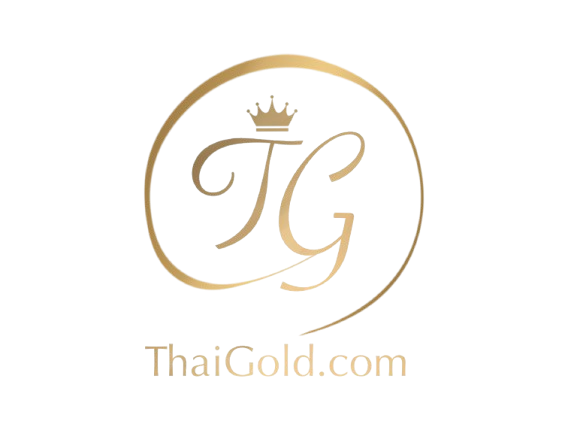
Gold Continues its Remarkable Bull-Run into Q1 2025, Closing Above $3000 for the First Time in History
Gold Price Quarterly Update, March 31st, 2025
Gold finished the first quarter of 2025 at $3,120 per ounce, a strong 19% increase in only three months.
This follows an already impressive 30% increase throughout 2024, where the gold price started the year at $2060 and finished at $2,625.
A perfect storm of economic, political, and monetary trends continue to fuel this surge in gold prices. It’s difficult to imagine a better environment to support demand for gold than the one we’re in right now. Virtually every historical driver of gold prices is currently at play.

Geopolitical and Economic Uncertainty
Global instability continues to push investors towards gold as a safe-haven asset. The ongoing conflict in the Middle East and Ukraine, uncertainty in China’s economic recovery, and other geopolitical events have all contributed to heightened risk aversion. With investors seeking to hedge against volatility, gold has remained the go-to asset for wealth preservation.
Trump’s Tariffs and Protectionist Policies
The newly implemented trade tariffs by the Trump administration have added another layer of uncertainty to global markets. Tariffs on Chinese goods, European imports, and even select commodities have increased inflationary pressures and disrupted supply chains. This has weakened confidence in fiat currencies and boosted gold’s appeal as a hedge against economic instability.

Declining Trust in the U.S. Dollar
The U.S. dollar, traditionally the world’s reserve currency, has faced growing skepticism from global investors. The Federal Reserve’s dovish stance, indicating multiple planned interest rate cuts in 2025, has led to a depreciation of the dollar. Simultaneously, several countries, including China, Russia, and India, have actively reduced their reliance on the dollar in international trade, opting for gold and other alternative reserve assets instead. Further, the US’ recent moves have many allies on edge about the United State’s commitment to upholding the current monetary and geopolitical order.
Persistent Inflationary Pressures
Despite efforts to control inflation, rising energy costs, supply chain disruptions, and wage increases have kept inflation at elevated levels. Consumers and businesses alike are feeling the effects of continued price increases, further driving demand for gold as a hedge against the erosion of purchasing power. With inflationary pressures expected to persist throughout the year, gold’s appeal as a store of value remains stronger than ever.

Central Banks’ Gold Accumulation
Central banks around the world have significantly increased their gold reserves. Nations such as China, India, and Russia have been aggressively stockpiling gold to diversify away from the U.S. dollar. This trend has provided consistent demand and long-term price support for gold. Central bank demand has been strong for the past several years and shows no signs of stopping.
Gold as a New Reserve Asset?
With global uncertainty rising, discussions about gold playing a larger role in the global financial system have gained traction. Some analysts predict that gold could regain its status as a formal reserve asset in international trade, potentially replacing or supplementing the dollar in strategic transactions. As digital currencies backed by gold emerge, such as those being explored by BRICS nations, the demand for physical gold could rise even further.

Outlook for 2025
With sustained demand, central bank purchases, and ongoing geopolitical and economic risks, gold prices are expected to remain strong throughout 2025. Analysts predict that if economic uncertainty persists and inflationary pressures continue, gold could test new highs beyond the $3,200 mark later this year. For investors and consumers alike, gold remains a vital asset for preserving wealth in uncertain times.
